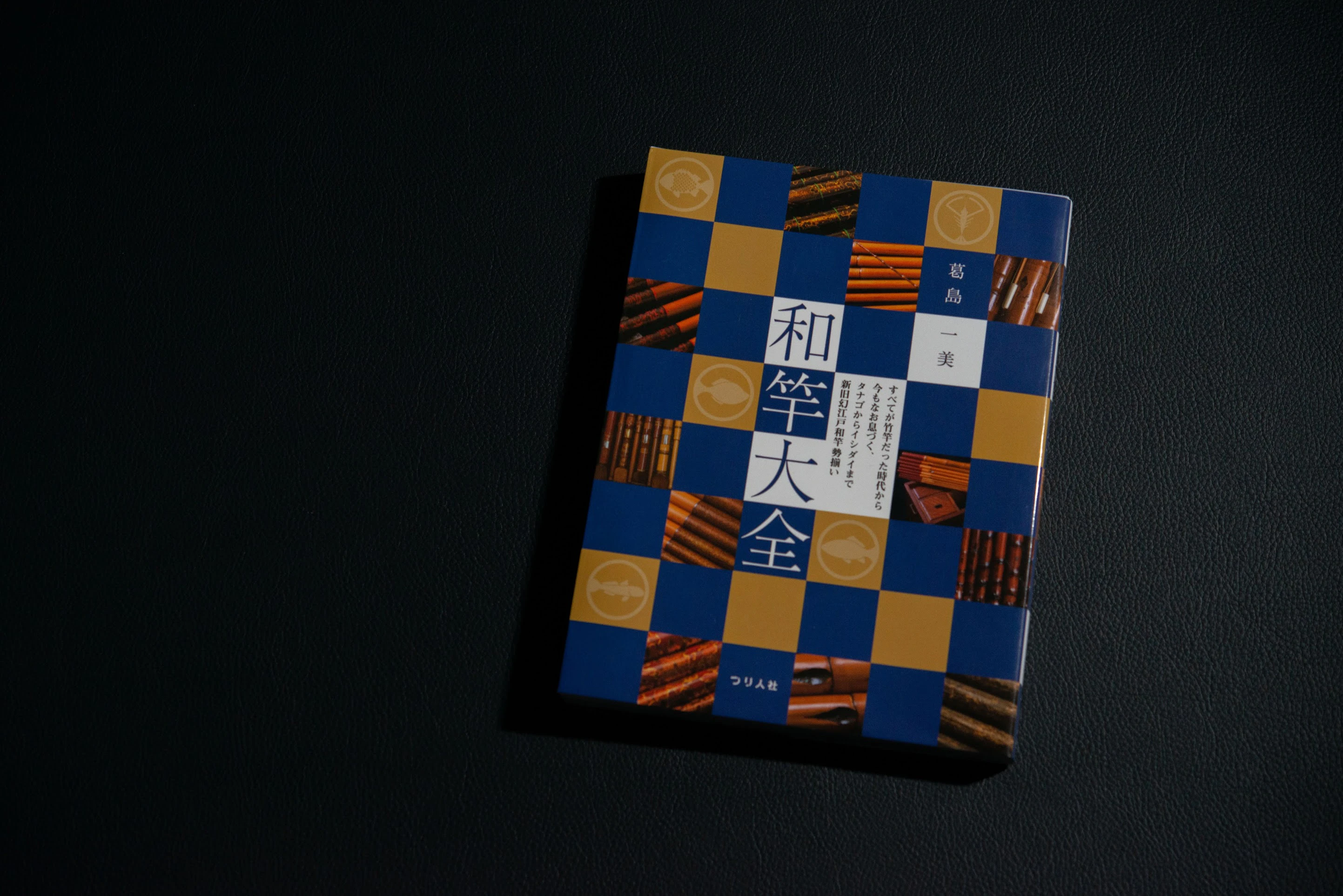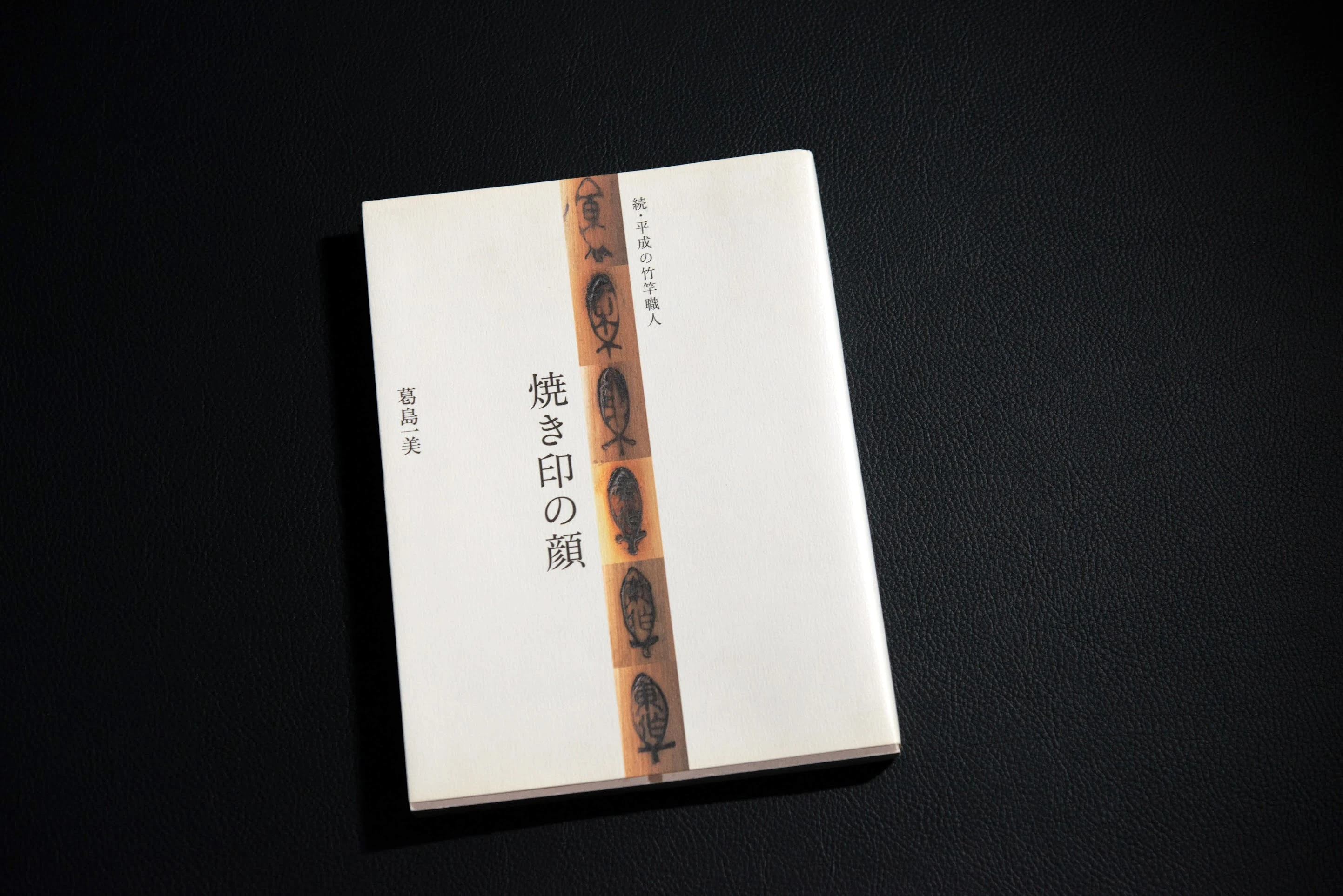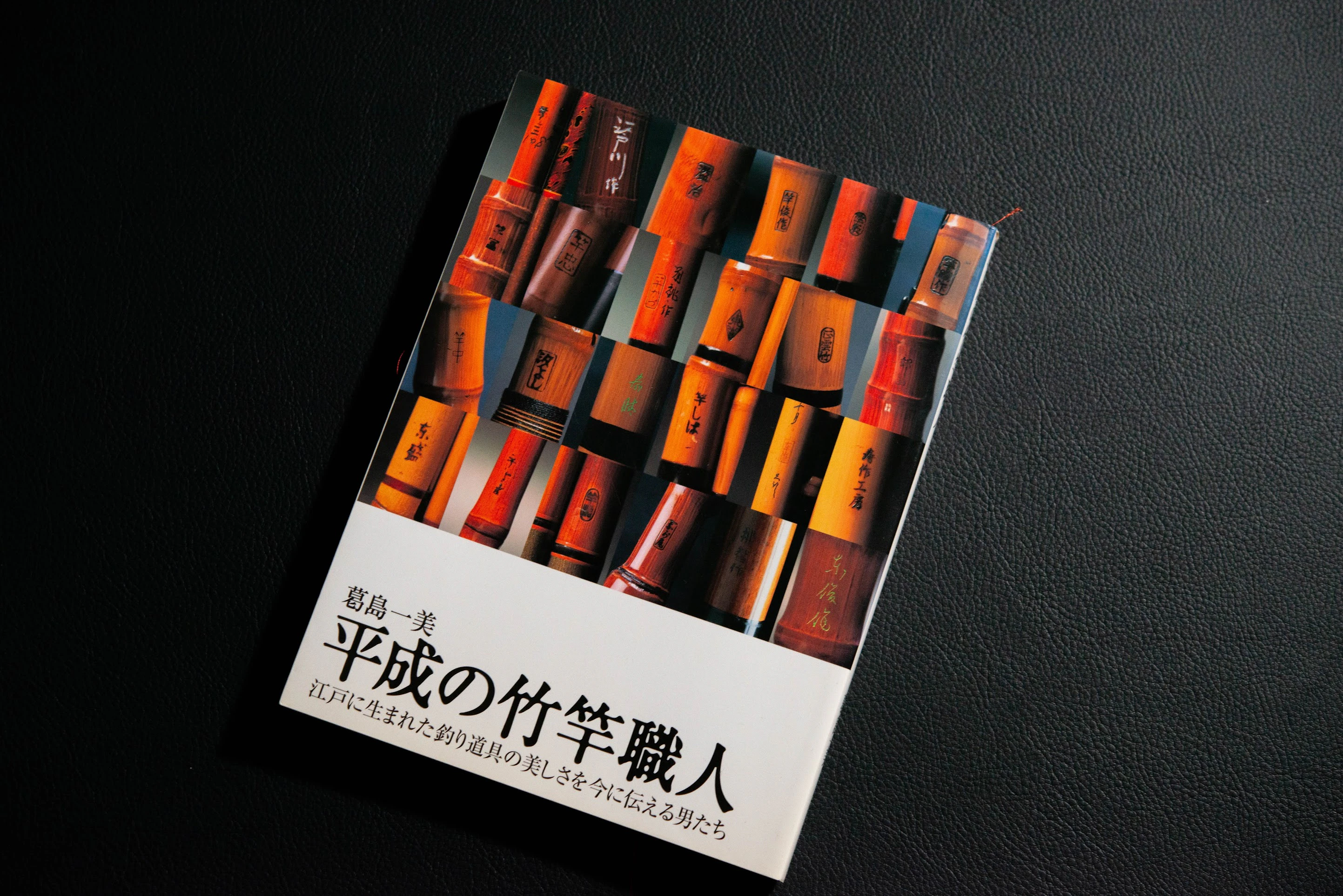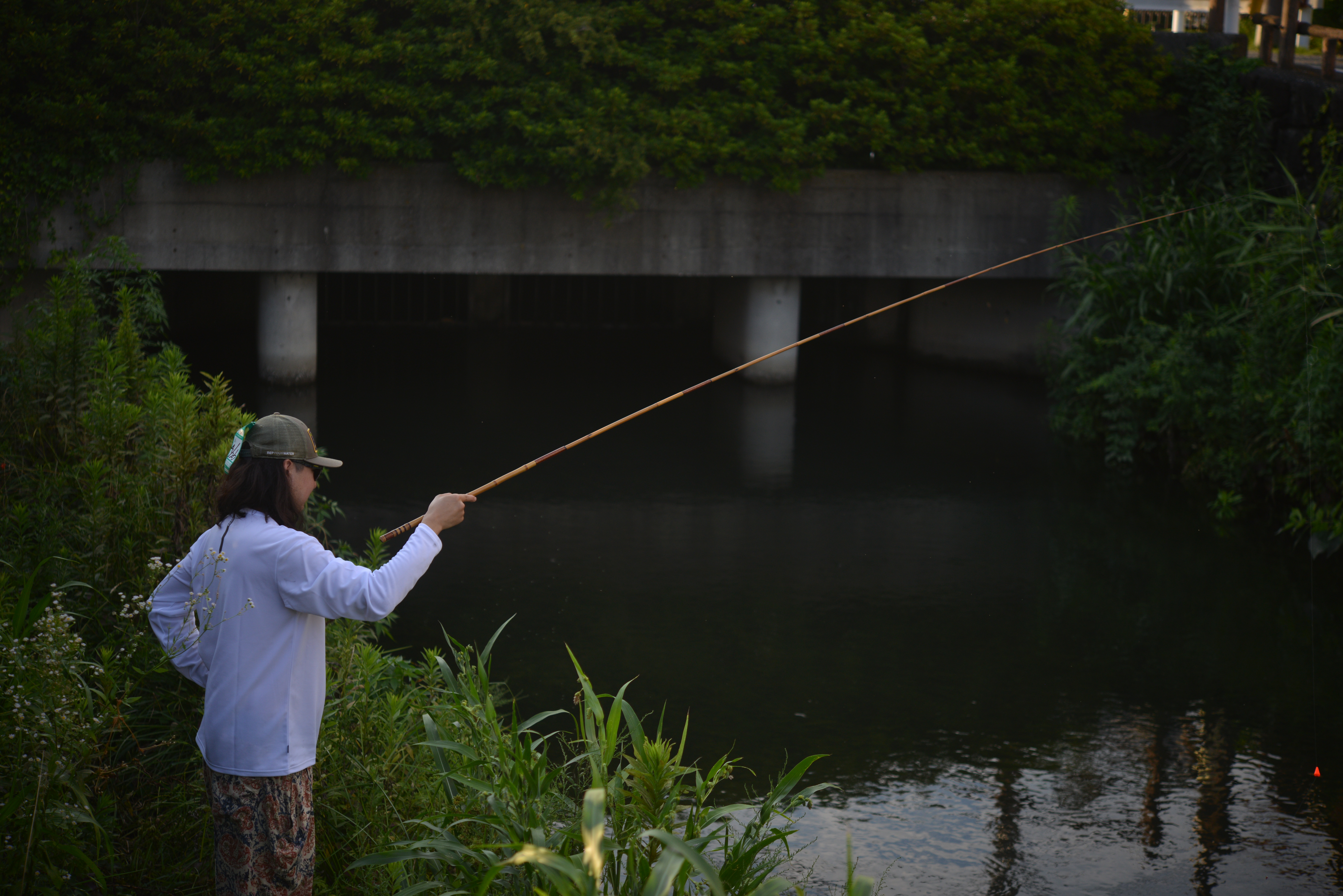
Although WAZAO are often considered difficult to handle. However, by understanding the unique characteristics of these natural bamboo rods, you can enjoy the WAZAO experience more safely and fully. Bamboo rods have the ability to distribute large forces evenly across the entire length of the rod due to their natural flexibility, but they are more susceptible to damage from localized stress. Keeping this in mind, you can reduce the risk of damage by following these setup steps:
How to Assemble a WAZAO
1.Open the lid. Be careful not to lose the lid once it's opened.
2.Check the contents of the rod.
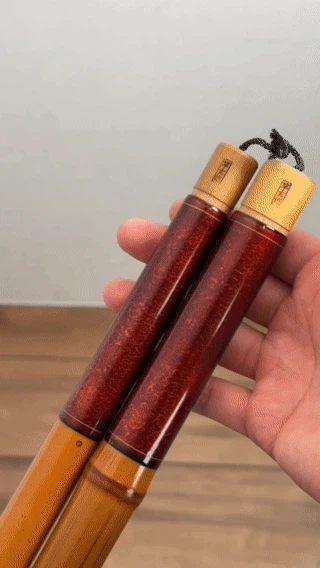
1.Take out the top, thinner part (hosaki).
2.Hold the rod near the joints (sugekuchi) and connect the sections, starting from the tip (hosaki).
Note: Ensure that the nodes (fushi), where the bamboo shoots once grew, are staggered and not aligned.
3.Connect each section until it is securely tightened.

POINTS:
Never bend a single part of the rod to check its flexibility. Avoid bending the rod by holding only the tip (hosaki), as this can cause damage.
Ensure that no debris, such as sand, gets into the joints. Keep the rod parts off the ground and away from dirt to prevent issues during assembly.
How to Fish
When you hook a fish, let the weight be distributed across the entire bamboo rod, utilizing its natural flex to the fullest. There's no need to forcefully yank the fish out; the natural bend of the rod will calm the fish and help bring it to the surface. Even when facing a strong pull, avoid relying solely on rod power. Instead, adjust your reel's drag, release line tension, or change your position to ensure a well-rounded approach.
POINTS:
・Avoid excessive hooking, and don’t raise the rod too high after hooking a fish. Ensure the rod tip doesn’t form too sharp an angle with the fish.
・No need for pumping. The natural flex of the bamboo rod will lift the fish gently to the surface.
・Be mindful of the position between the fish and the rod during landing. Loosen the line tension to prevent sudden movements from the fish that could pull the rod abruptly.
How to Store, Maintain,and Preserve
When storing your rod, begin disassembly from the base:
1.Disassemble from the base upward: Start by removing the sections in order, working from the base (handle) toward the tip.
2.Hold close to the joints (sugekuchi): Grip near the joints, applying straight, gentle force without twisting, to separate the sections.
3.Wipe down the rod: Lightly wipe the entire rod with a cloth to remove any moisture.
If used in saltwater, make sure to wipe it thoroughly with a damp cloth to remove any salt residue.
POINTS:
・Avoid direct sunlight and high temperatures during storage: These can cause the lacquer to deteriorate and the bamboo to warp.
・When wiping the tip and upper sections: Always wipe in one direction, from the base toward the tip, without back-and-forth motion.
・Store in a room with stable temperature and humidity: Similar to storing an acoustic guitar, avoid excessive dryness. Consider using a specialized case to maintain consistent humidity levels.
Q&A
**Q: My rod has bent. Can it be straightened?**
**A:** The bend will naturally correct itself to some extent.
It's not uncommon for the tip of a WAZAO to bend due to the way it's used or the fish caught. Bamboo has a natural memory, and the rod will usually return to its original shape over time. This is true not only for WAZAO but also for bamboo fly rods. While some bends might not fully straighten due to the natural material, it typically doesn't affect the rod's performance. If the bend is significant and bothersome, we offer a heat straightening service performed by skilled craftsmen. https://wazao-ippon.com/products/maintenance-service
**Q: Can I wash the rod with water?**
**A:** Water washing is possible, but there are precautions to follow.
If the rod has been exposed to seawater, it should be rinsed with water. However, do not soak the rod. The bamboo surface is coated with lacquer, so a quick rinse is generally safe. Keep in mind that the inside of the rod is not lacquered, so avoid letting water seep inside. It's best to wash the rod while it’s still assembled. After washing, dry it in the shade, away from direct sunlight.
**Q: Is regular maintenance necessary?**
**A:** We recommend annual maintenance.
Sending your rod for maintenance at the end of each fishing season allows for a thorough inspection of its condition. Through the heat straightening technique, our craftsmen can restore any bends in the rod. Please note that heat straightening is a highly skilled process and is not recommended for amateurs.
If your rod suffers damage, repair services are also available, so feel free to consult us.

